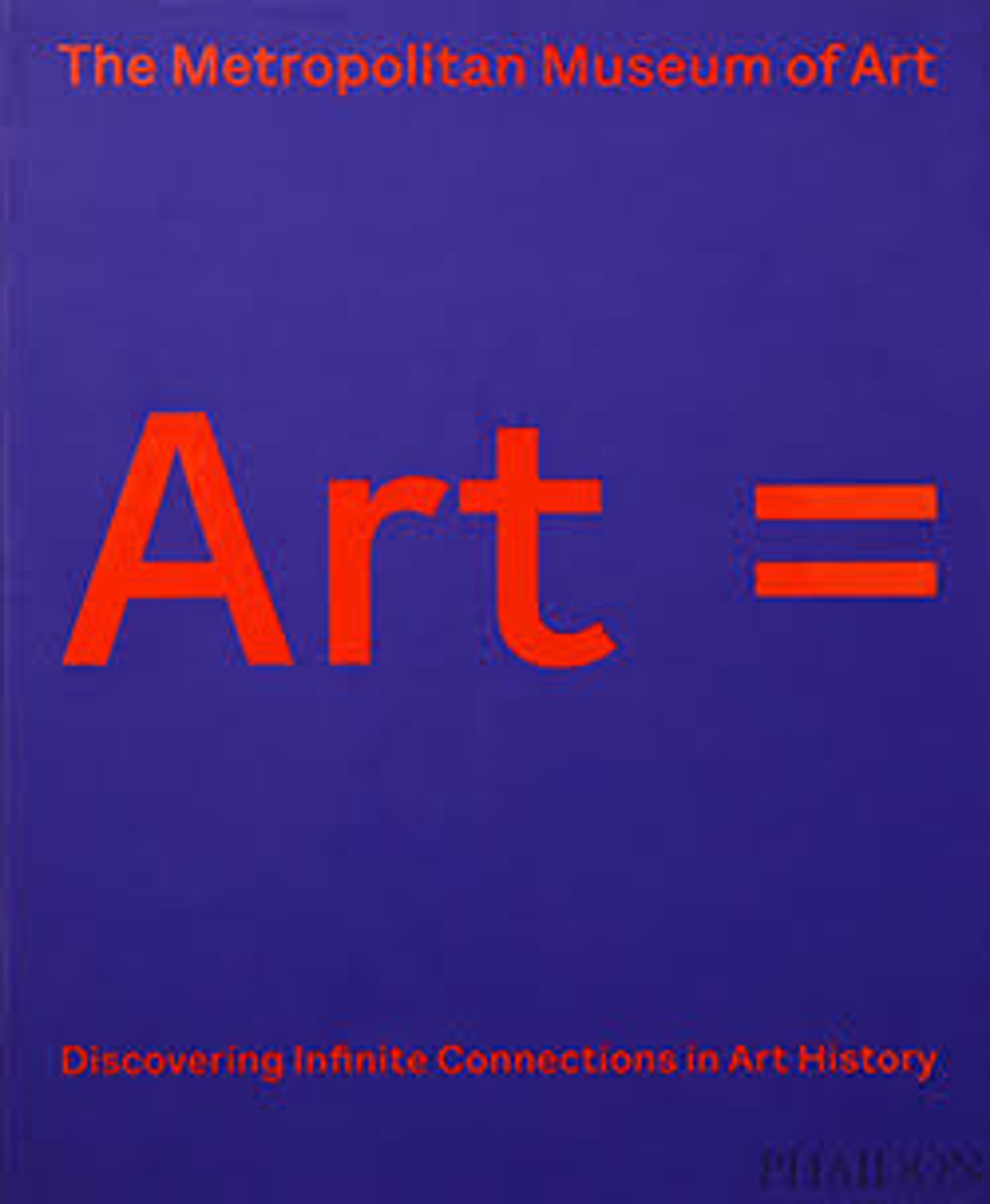English
Mars and Venus United by Love
The love between Mars, the god of war, and Venus, the goddess of love, is encouraged by a meddlesome pair of cupids. One ties the couple together, while his co-conspirator restrains Mars’s warhorse. The painting celebrates the civilizing and nurturing effects of love, as milk flows from Venus’s breast and Mars is disarmed. A brilliant colorist, Veronese amplifies the sensuality of the subject through his lush palette. Works such as this had an enduring impact on later artists including Velázquez and Giambattista Tiepolo. Possibly commissioned by Emperor Maximilian II, the painting was owned by Emperor Rudolf II in Prague by 1621, along with other mythological works by the artist.
Artwork Details
- Title:Mars and Venus United by Love
- Artist:Paolo Veronese (Paolo Caliari) (Italian, Verona 1528–1588 Venice)
- Date:1570s
- Medium:Oil on canvas
- Dimensions:81 x 63 3/8 in. (205.7 x 161 cm)
- Classification:Paintings
- Credit Line:John Stewart Kennedy Fund, 1910
- Object Number:10.189
- Curatorial Department: European Paintings
Audio
5177. Mars and Venus United by Love
0:00
0:00
We're sorry, the transcript for this audio track is not available at this time. Please email info@metmuseum.org to request a transcript for this track.
More Artwork
Research Resources
The Met provides unparalleled resources for research and welcomes an international community of students and scholars. The Met's Open Access API is where creators and researchers can connect to the The Met collection. Open Access data and public domain images are available for unrestricted commercial and noncommercial use without permission or fee.
To request images under copyright and other restrictions, please use this Image Request form.
Feedback
We continue to research and examine historical and cultural context for objects in The Met collection. If you have comments or questions about this object record, please contact us using the form below. The Museum looks forward to receiving your comments.
